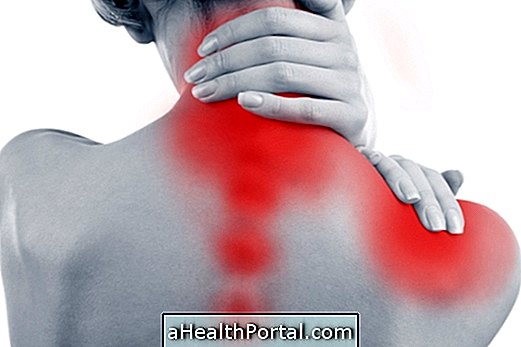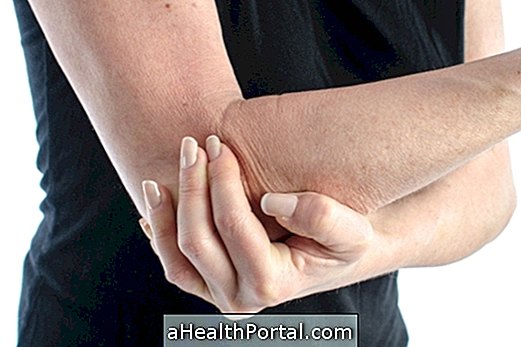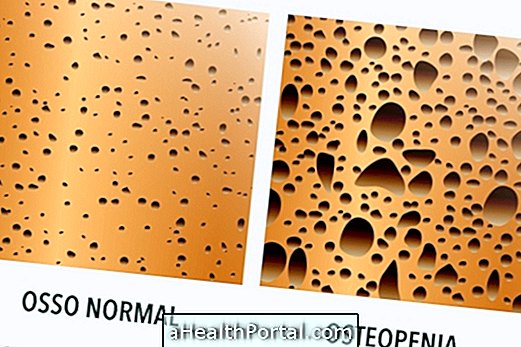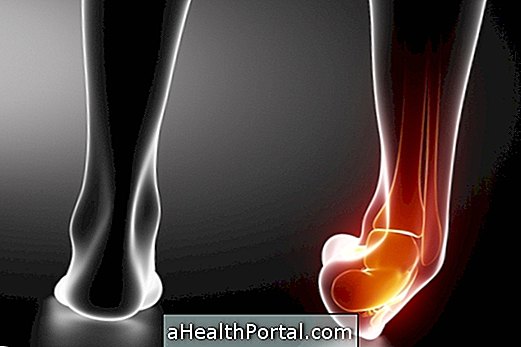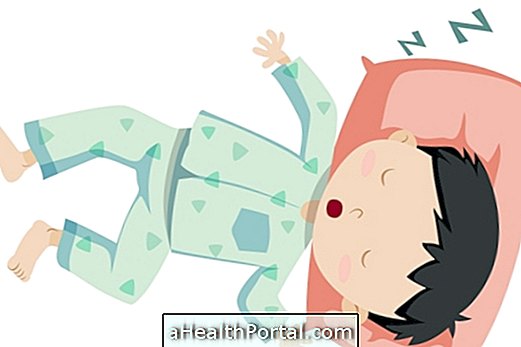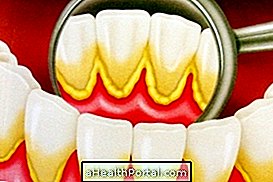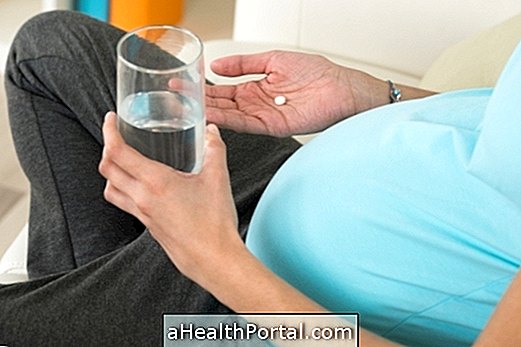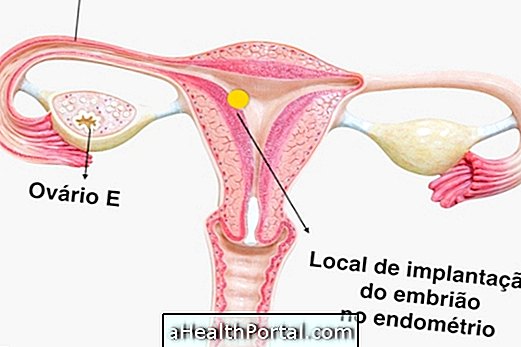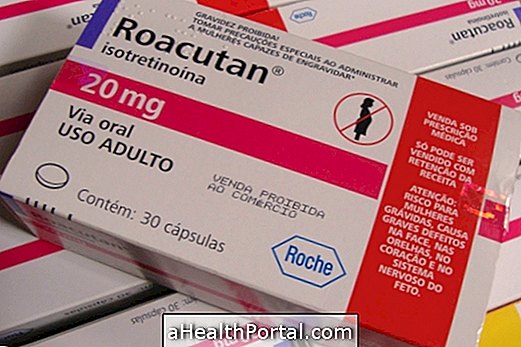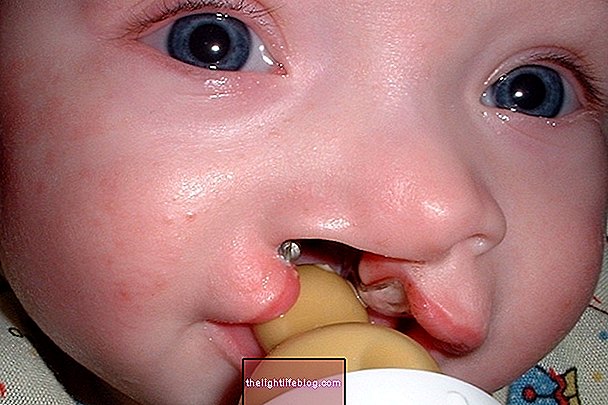To treat back pain caused by muscle pain or spine problems like 'parrot beak' or herniated disc it may be necessary to use a hot water bottle, take medicine, do physiotherapy and, if at all, resort to surgery.
Therefore, in case of back pain with difficulty to move, burning sensation and burning, it is important to perform tests such as x-ray, CT or MRI to identify the cause of back pain and then start the treatment indicated. See the top causes and how to relieve back pain.
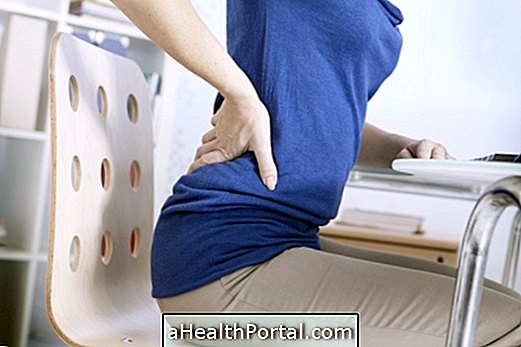
What can be done to treat back pain consists of:
1. Taking Remedies for Back Pain
The doctor may prescribe remedies to relieve back pain, such as analgesics and anti-inflammatories that should be taken with a gastric shield to prevent gastritis caused by medications, and in some cases may recommend the use of an anti-inflammatory ointment -inflammatory to be applied at the pain site, with a gentle massage until it is fully absorbed by the skin.
The remedies your doctor may suggest against back pain may be:
- Analgesics, such as Paracetamol, 3 times a day or as directed by a physician;
- Anti-inflammatories, such as Ibuprofen or Nimesulide, ingested 3 times a day after meals, especially in case of arthritis;
- Muscle relaxants, such as myosin, 3 to 4 times a day or according to orthopedic guidelines;
- Injections of Diclofenac and Thiocolchicoside, made at the hospital or clinic, as prescribed by the physician.
The remedies decrease pain and inflammation, bringing relief from pain, but to prevent pain from coming back it is advisable to also do physiotherapy sessions that are useful for strengthening weakened muscles, improving posture and positioning of all structures. See other examples of Spinal Pain Remedies.
2. Physiotherapy
The physiotherapist should perform an evaluation by observing the test results, listening to the patient's history and doing specific tests to check which structures need to be treated.
Physiotherapeutic treatment may vary from person to person but may include thermo-phototherapy remedies to relieve pain and inflammation, contributing to a better drug effect, and at a later stage it is often necessary to perform kinesiotherapy exercises appropriate to reality and patient need.
In addition, stretching exercises should also be performed daily to keep the structures well positioned and muscles with the flexibility to perform all daily activities without pain. In the consultation, the physiotherapist can indicate the stretches that can be performed at home, to complement the treatment in the clinic.
3. Practice exercises
After relieving the symptoms of back pain it is very important that the patient exercises regularly to prevent the return of pain. The physical education professional can indicate the best modality, respecting their tastes and possibilities, but good options are the walk and Pilates Clinic, done with the physiotherapist with exercises that strengthen the abdomen and lumbar spine, for example.
Here are some exercises to improve posture that are useful for eliminating back pain.
4. Wear a warm compress at home
To help with the treatment, at home the patient can put a hot compress on the pain site, letting it act for about 15 minutes. This homemade treatment improves blood circulation and relaxes muscles, bringing relief of pain within minutes. To make the hot compress:
You will need:
- 2 washcloths
- some hot water
- 1 plastic bag
How to make:
Soak the washcloth in hot water and twist to remove excess water. Next, place the folded wipe in the plastic bag, leave it open, and microwave it at medium power for about 3 minutes or until it warms up.
To use the compress, close the package to conserve heat and wrap it in another dry cloth. Apply the compress to the painful region and observe from time to time the region, so as not to risk burning. If your skin is burning or if it is very red, remove the dressing and wait for it to cool slightly.
The thermal bags used for this purpose can be bought in pharmacies and medical-hospital stores, and usually last for many years, being something easily accessible and can be used many times.
Here's another way to make a hot compress at home on the video:

5. Natural treatment
Natural treatment for back pain should be used while waiting for your doctor's appointment and includes:
- Compresses : place a warm compress with 3 drops of basil or eucalyptus essential oil on the affected region for 15 minutes 3 to 4 times a day;
- Massage : receive a massage with lavender oil 2 to 3 times a day, but without forcing the muscles too much;
- Homeopathy : take homeopathic remedies, such as Homeoflan or Prépós da Almeida Prado, every 8 hours or under the guidance of the homeopath.
During treatment, it is important to avoid making any kind of physical exertion, such as picking up a child, carrying heavy bags, riding a bicycle or gardening, for example.
Natural treatment for back pain especially helps to reduce muscle pain lasting up to 4 days, after which time it is recommended to consult an orthopedist to start the most appropriate treatment.
6. Alternative treatment
Other treatments that can help fight against back pain are acupuncture and osteopathy that must be performed by qualified professionals so that they have the expected effect. However, it is not uncommon for the treatment for back pain to involve all of the therapies referred to herein
7. Column Surgery
In more severe cases or when all the therapies have been tried to relieve back pain without success, it may be necessary to perform a spinal surgery. The surgery on the spine is delicate and may have complications but in some cases it is very necessary to combat the cause of back pain and thus eliminate the pain.
However, after spinal surgery, the patient usually still needs to do some physiotherapy sessions to recover and learn to maintain good posture. See the care you must have after a spine surgery.
When to go to the doctor
You should go to the doctor when back pain is too intense or difficult to do daily tasks, it is also recommended to seek medical help if there are symptoms such as pain radiating to the legs, tingling sensation or of burning in the back, buttocks or legs. Usually the doctor makes an evaluation at the appointment and asks for some imaging tests, such as X-rays or MRIs to evaluate the spine, intervertebral discs and thorny processes, for example, and check the need for medication, physiotherapy or, in more severe and chronic cases, surgery.
